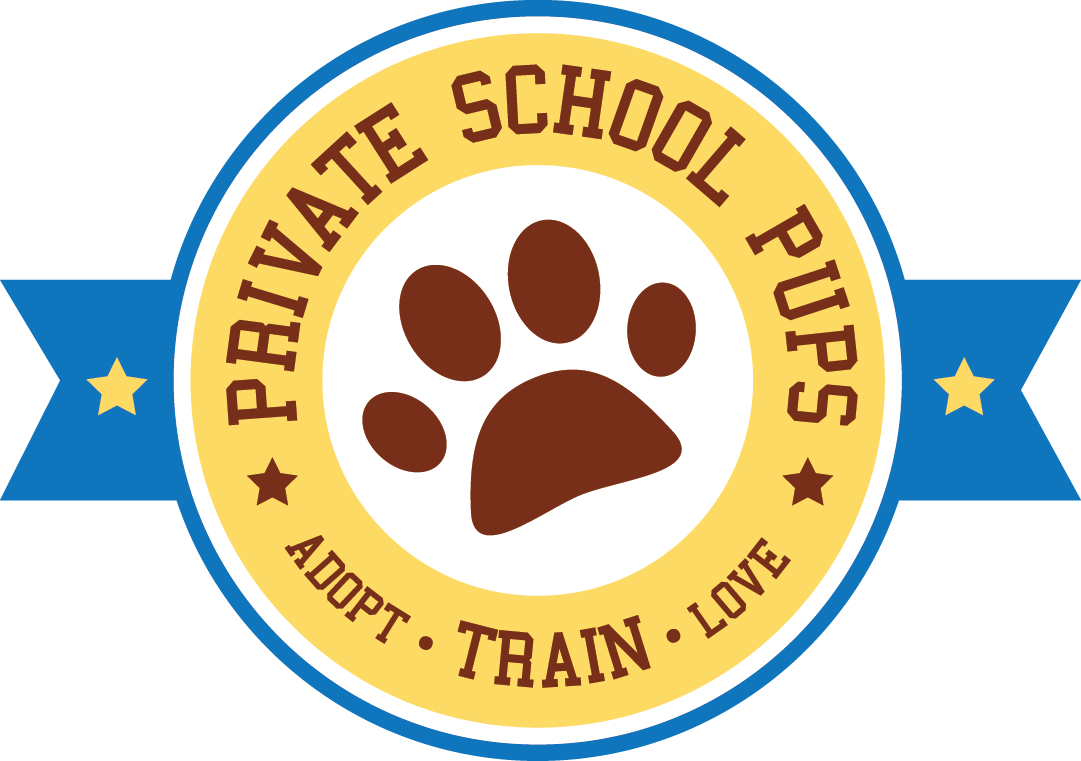An essential for any dog owner, crate training not only benefits a dog, but owners as well. First off, crates offer your dog a safe and secure place to rest. When used properly, dogs will see this as you do your own bedroom, a place of rest, relaxation, and peace. For owners, being able to safely have dogs in their crates allows for secure transportation when needed, a place to safely put dogs during potentially stressful times: emergency situations, stressful house guest situations, and even when introducing new dogs into a home. Crate training can start an any age, so whether you are adopting a young of old pup, start crate training today!
Here are some tips to start your crate training journey, or to brush up on basics.
CRATE SELECTION
Size
Select a crate that is appropriately sized for your dog. The crate should be large enough for the dog to stand up, turn around, and lie down comfortably. However, it should not be too big, as dogs are less likely to soil in a space that is just big enough for them.
Material
There are so many crate options today, so be sure to think about the crate material. Wood crates will not be appropriate for those who are escape artists, where metal is the standard option and most price efficient. Impact Dog Crates make aluminum high anxiety crates . Some crates are collapsible, others are not. There also a variety of dog crate covers and tops to tailor the style for you home. Simple search “dog crate covers” on etsy.com for a variety of options to meet your needs.
Bedding
Make sure to match your pup’s crate bedding to their individual needs. Does your pup get hot? Do they sometimes have accidents and need something easily washable? Is your dog a super shredder and needs something indestructible? The sky is the limit when choosing what is best for your dog!
INTRODUCTION AND TRAINING SCHEDULE
Use this PDF created by our training partner, Rowan’s Dog Training, for a step-by-step instruction and training plan. It will walk you through every step of introduction, cue training, supervised crate time, alone crate time, and out-of-the-house crate time. The crate training timeline is different for every dog, but it’s important to stay patient and not move too quickly, as this can quickly establish a negative relationship with the crate.
WHAT TO DO WHEN THERE ISN’T ENOUGH TIME?
We recognize that sometimes you will not have time to crate train precisely as outlined. For example, if you get a foster dog and you MUST leave the house for work before the dog is fully crate trained. These situations happen. If you must leave the dog in a crate before they are ready, it’s essential to leave high-value treats and treats that can help soothe and occupy your pup. This can include a kong filled with peanut butter or cheese, a bone, a lick mat zip tied to the back of the crate, or any high-value treat your pup enjoys. Consider only giving your dog their most valued treat while in their crate, firmly establishing their favorite food with the crate.
That said, it is important to plan for the appropriate time needed to crate train a new dog—either adopting or fostering. Make sure you take a look ahead at your schedule and recognize that you will need to modify your daily habits to allow for this vital training time. Your future self and dog will thank you.
QUICK REMINDERS
In short, quick crate training tips to remember:
Introduce the Crate Slowly: Introduce your dog to the crate gradually. Place treats, toys, or bedding inside to make it inviting. Leave the door open so the dog can explore the crate at their own pace.
Associate Positive Experiences: Encourage your dog to enter the crate voluntarily by associating it with positive experiences. You can feed meals near the crate or give treats when the dog goes inside.
Use Command Words: Introduce command words like "crate" or "kennel" to associate with going into the crate. Repeat the command each time the dog enters the crate and reward them.
Start with Short Periods: Begin by closing the crate door for short periods while you are nearby and use treats to encourage your dog accordingly. Stay close to reassure your dog, and gradually increase the duration over time.
Establish a Routine, but Don’t Let Time In the Crate Only Be When You Leave: Create a consistent schedule for crate use, especially during house training. Take your dog outside to eliminate before and after crate time to reinforce good bathroom habits. While training, be sure to use the crate and practice the dog being in the crate with the door closed while you are at home. You will want to firmly establish that the crate is a safe spot made for any time, not just when you are gone.
Avoid Using Crate for Punishment: Never use the crate as a form of punishment. The crate should always be associated with positive experiences and safety for the dog.
Supervise Properly: Do not leave your dog in the crate for extended periods. Puppies, in particular, have limited bladder control and need to be let out frequently.
Gradually Increase Alone Time: Once your dog is comfortable in the crate, gradually increase the amount of time they spend alone in it. This helps prevent separation anxiety and builds confidence in being alone.
By following these basic steps and being patient and consistent, you can effectively crate train your dog and provide them with a comfortable and secure space they can call their own.

